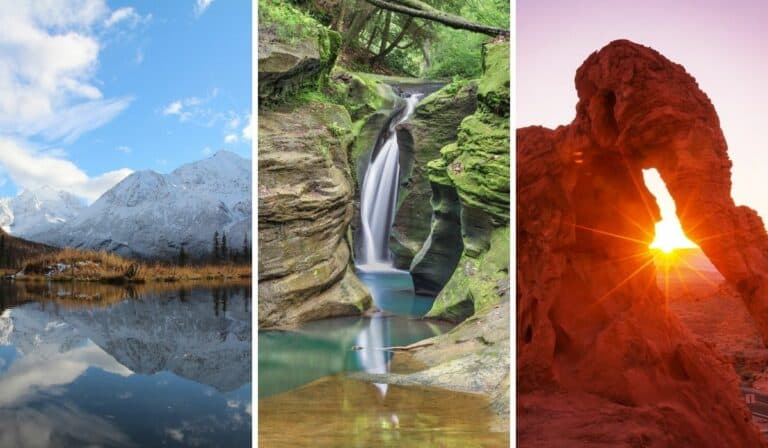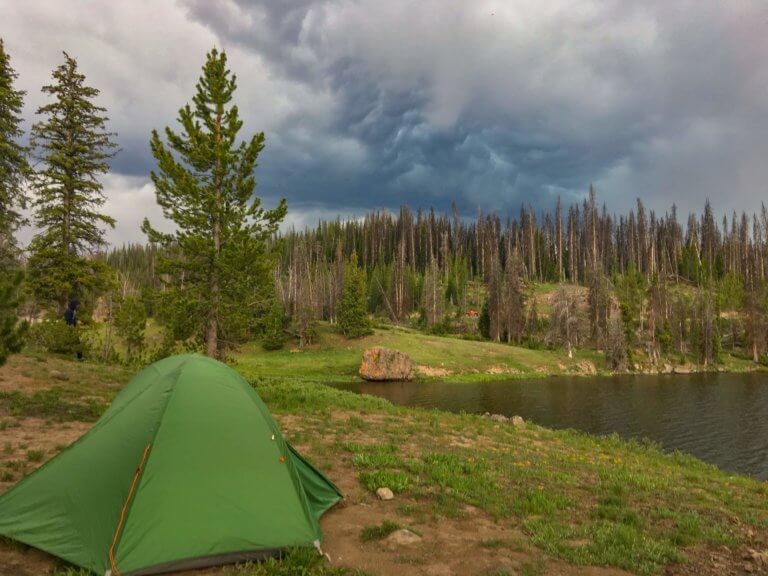Winter Road Trip Essentials: Packing List for Cold Weather
Note: Advertising is how we keep this site free for you to enjoy, and we earn a commission from affiliate links that may be included in this post. Thank you for supporting Back Road Ramblers!
The winter road trip doesn’t get nearly as much love as it deserves.
Without open windows, sun-kissed hair, and outdoor picnics, road-tripping in cold weather can be a hard sell.
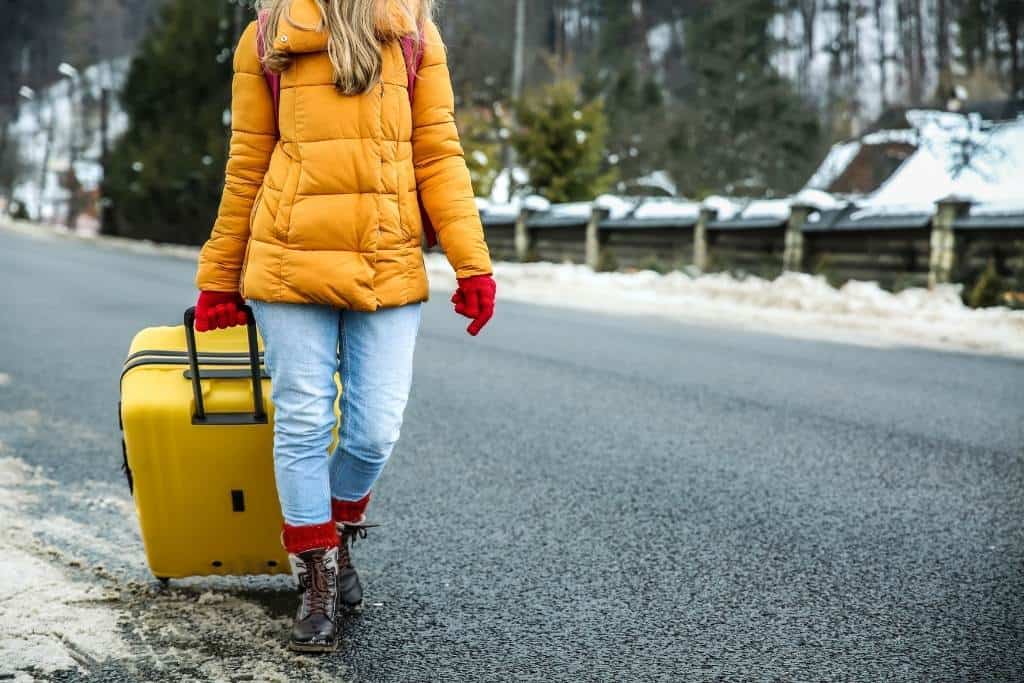
There are reasons to love a good winter vacation, though: fewer crowds, less traffic, and cute sweaters, just to name a few.
If your next road trip is taking you to northern latitudes, this is the post for you!
We’re sharing all of our favorite gear and clothing for winter travel (did I mention that we get snow seven months out of the year here in Vermont?).
You may be thinking that you have to pack an insane amount of clothing for winter travel, but I’m here to bust that myth.
We travel light in all seasons, and even though we’re all about road-tripping, we can also fit a month’s worth of winter clothing into a single carry-on.
Check out our packing list for cold weather below to see the details.
The secret to packing light for winter travel? It’s in the fabric!
I’m going to introduce you to my favorite lightweight workhorses for staying warm in the winter: Merino wool, silk, and down. Onward!
Why Merino Wool and Winter are Such Good Friends
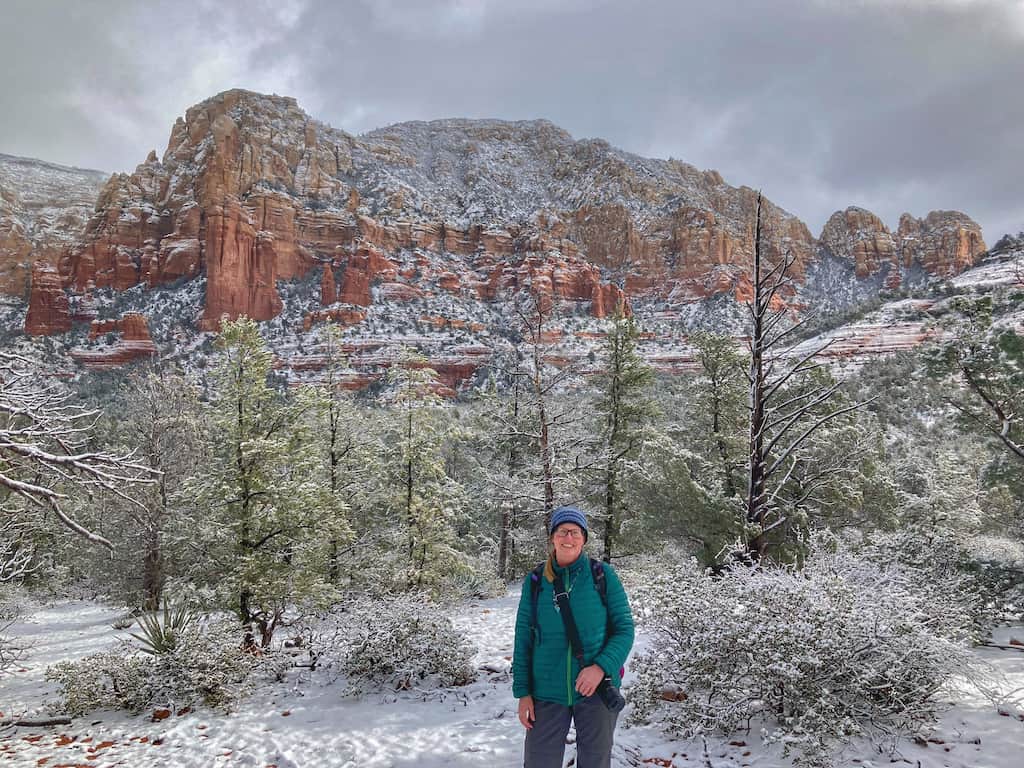
I know people who genuinely cannot wear Merino wool due to allergies, and if you are one of these individuals, you have my deepest sympathies.
If you don’t think you can wear Merino wool next to your skin because it will cause itching, I’d like to encourage you to give it another try.
Today’s Merino textiles have come a long way from the Army/Navy surplus goods our grandparents (and husbands) wore.
Modern Merino wool base layers are so soft with none of the itch. They are machine washable and dryable and can be laundered with all of your other clothes. No shrinking, either.
Want more reasons to wear Merino wool?
The fabric helps regulate your body temperature, keeping you comfortable in summer and winter.
Merino wool is naturally anti-microbial, so you can wear it over and over without the stink that you get with synthetic fabrics.
Working up a winter sweat? Merino wicks moisture away from your body and dries fast so you stay toasty warm.
We’ve got a few Merino staples to recommend in our winter packing list below.
Supporting Roles go to Silk and Goose Down
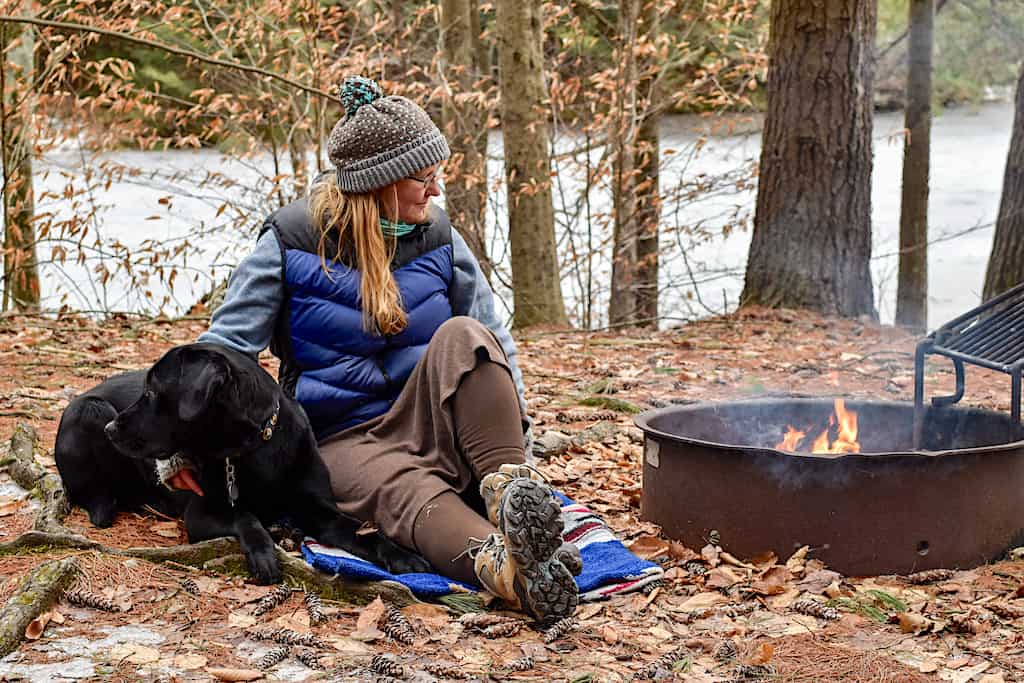
I will sing the praises of Merino wool all day long, but our household also swears by silk base layers when we need less bulk and a down puffy coat for a warm layer that packs down smaller than a water bottle.
The softness of silk is legendary, and while it may not last as long as wool, it is supple and easily worn under other layers – great for days that are cold but not frigid.
And finally, you can’t beat the insulating qualities and packability of a good down jacket.
Down is not made of feathers, but rather the fluffy undercoating that keeps waterfowl warm. The structure of down provides warmth by creating thousands of tiny air pockets.
Ounce for ounce, down is warmer than nearly all synthetic insulations, plus it retains its shape and loft well. The downside of down (ha!) is that it doesn’t work well if it gets we,t and it takes a long time to dry.
While silk and down have some limitations, we love them for most winter adventures!
Winter Trip Essentials: The Clothes

I hesitate to post packing lists because we are all so different.
What you do on your winter vacation will be different than what I do. So, here’s my disclaimer: I am not a huge fan of shopping or fashion trends, but I love clothes that look and feel good.
We always plan our trips around outdoor adventures, but we also enjoy museums, shopping, and going out to dinner.
Here’s a basic overview of what we pack for most winter road trips, whether we’re heading out for a weekend or a couple of weeks.
Remember that most people will only see your outer layer, so you don’t need to pack a huge variety of clothing.
- Two pairs of pants: Eric and I both pack a pair of jeans and a pair of hiking pants. I love these Rover wide-leg pants from Toad&Co. They come with an elastic cinch at the ankle and have just the right amount of stretch. Eric loves these stretchy twill jeans from Patagonia.
- One pair of leggings/long johns: For women, they’re called leggings. For men, they’re the very unflattering long underwear. My new favorites are these incredibly soft leggings from Ibex. I have a whole drawer full of leggings, and these are the only ones I wear all winter long. Eric has lightweight 100% silk long underwear from Terramar that he loves.
- Two or three long-sleeve shirts: I’m a huge fan of these Merino wool shirts from Ibex.
- One t-shirt: A wool T-shirt is useful for lounging in front of a fireplace or as a base layer. I love the lightweight T-shirt from Minus33, but I’m waiting for them to come out with more colors. They have wool T-shirts for men, too!
- 2 light wool sweaters: Wool sweaters are versatile for winter travel. Dress them up with a scarf, and you’re good for a night on the town. Throw one over your base layer and you’re good for a day outdoors. Here’s a current favorite for women and a wool sweater for men.
- A winter parka or heavy coat: A waterproof and windproof shell is as useful on the winter streets of Chicago as it is on the ski mountain. This is the winter workhorse of cold-weather road trips and 100% worth the investment! This insulated jacket from Columbia is my current favorite, and here’s a great windproof/waterproof jacket for men.
- A packable down puffy jacket and vest: The down puffy is a critical piece of gear for three seasons. It’s lightweight, packs down to the size of a water bottle, and is warm enough for most winter conditions. The Pinion down sweater from Stio comes in sizes for both men and women, plus we love the color variety! When the weather is mild, I wear a down vest with a wool sweater. While Stio gear is more expensive up front, their stuff lasts forever, and they have a great warranty/return policy.
- Flannel PJ bottoms: There’s nothing like slipping into a pair of Vermont Flannel PJs after a day out in the cold.
- One pair of insulated hiking boots: Everyone has their favorite hiking boots for winter, and mine are the Oboz Bridgers, which are great if you have a wide toe and narrow heel. I’m on my 3rd pair!
- Packable slippers: These are so important for shuffling around your hotel or vacation rental at night.
- A wool hat or beanie: Make sure it covers your ears! Our favorite beanies are made by Turtle Fur because they are double-layered with wool on the outside and fleece on the inside.
- Scarves: Scarves don’t take up much room and can dress up an outfit nicely. I pack a few warm ones for winter travel, but don’t have a favorite brand.
- Liner gloves and waterproof mittens: I prefer gloves to mittens, but on really cold days, gloves won’t keep my hands warm. I pack these liner gloves from Smartwool that I wear on all but the coldest days. For those, I wear big waterproof mittens.
- Wool socks: I will never recommend any wool socks other than Darn Tough Vermont. Why? They are soft, warm, and guaranteed unconditionally for life. The return process is easy and ensures you never run out of socks.
- Two to three pairs of undies and bras: Wool underwear is worth its weight in gold! Ultra-soft Merino wool bras and undies are perfect for traveling because they wash and dry quickly and are super warm.
More Winter Road Trip Essentials
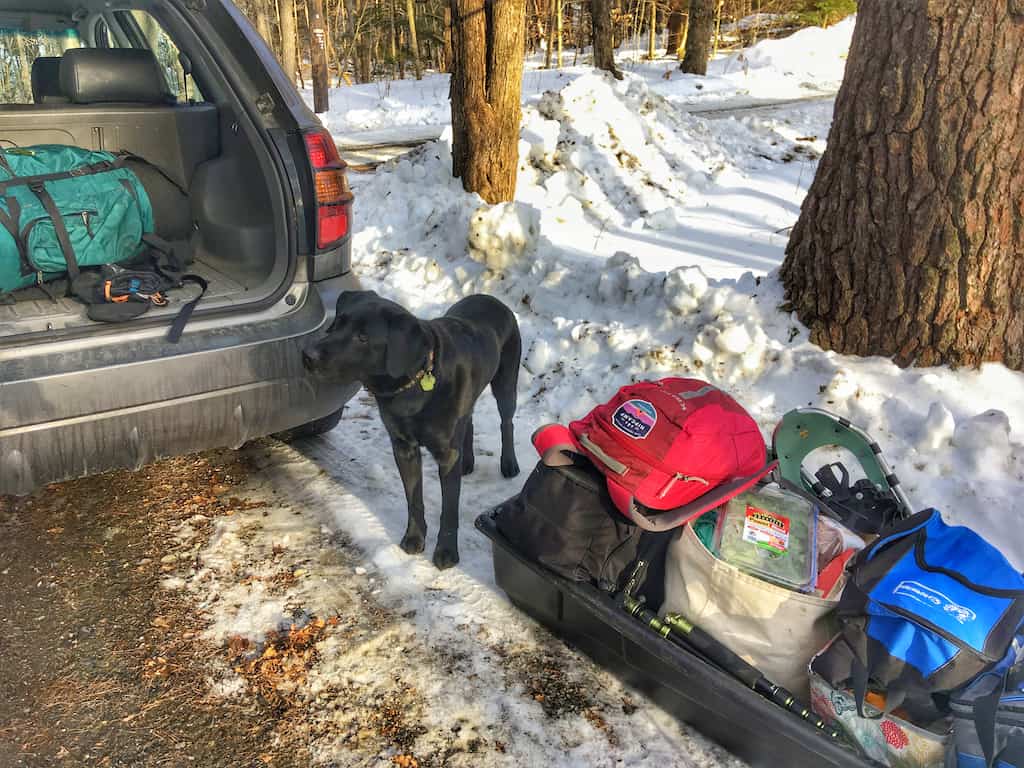
In addition to warm clothes, there are a few other things that we always pack for winter road trips. Some items offer peace of mind, while others are simply for fun.
- Hand warmers: Hand warmers are great for impromptu hikes when traveling. We always add them to everyone’s Christmas stockings so that we have a stash for traveling.
- A car blanket: There are lots of reasons to carry extra blankets in your car. If your car won’t start or breaks down, extra blankets are crucial, but it’s also nice when one person is always hot and the other is always cold! We keep this puffy blanket from Rumple in the car all winter.
- A thermos for coffee or tea: A thermos is an essential piece of gear for winter travel. We take our Stanley thermos on winter road trips, hiking in the mountains, or when we are skiing/snowshoeing.
- Microspikes and/or snowshoes: If winter hiking will be part of your road trip, you will want to pack Microspikes for icy conditions. These strap onto your boots and make winter walking much easier. Snowshoes aren’t always necessary, but we always tuck them into our cargo box if we have room.
- Winter Safety Items: Prepare for Emergencies and Pack These Essential Winter Travel Items in Your Car’s Trunk!
- A day pack: Whether you’re walking the streets of your favorite small town or heading into the hills, a day pack is essential for your adventures. It’s great for stuffing layers into, as well as your thermos of tea, your moisturizer, and your camera. A 20-liter daypack should work perfectly for all of your full-day adventures. We love the lightweight daypacks from Gossamer Gear.
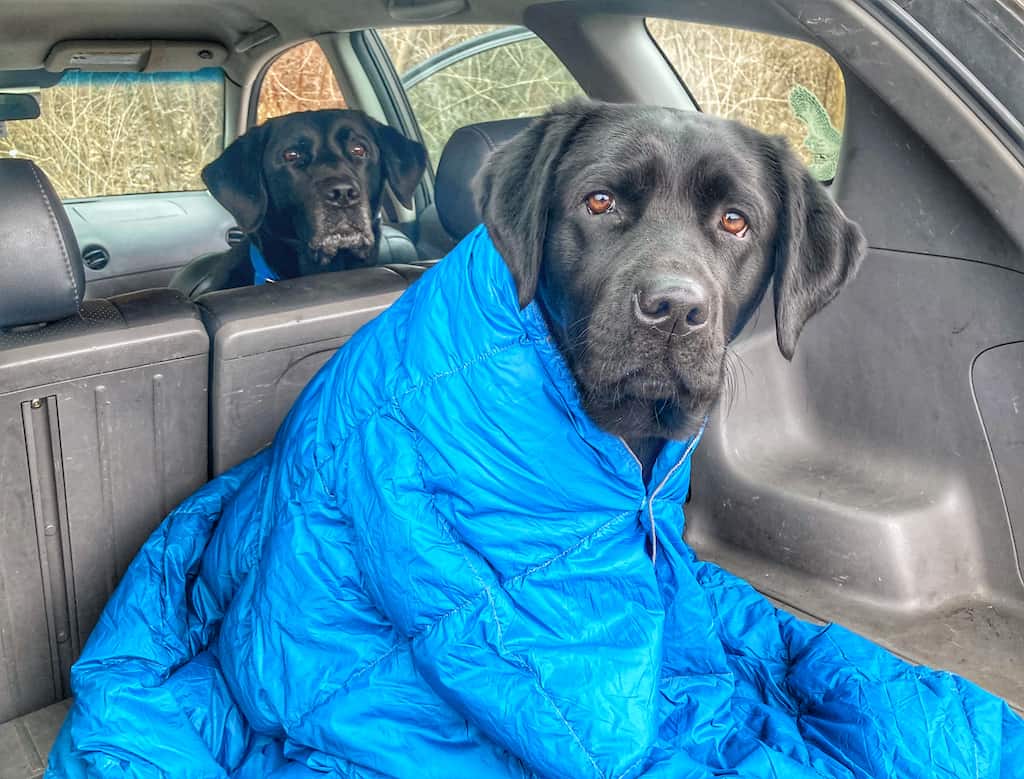
Follow us on social media for more outdoor inspiration!



